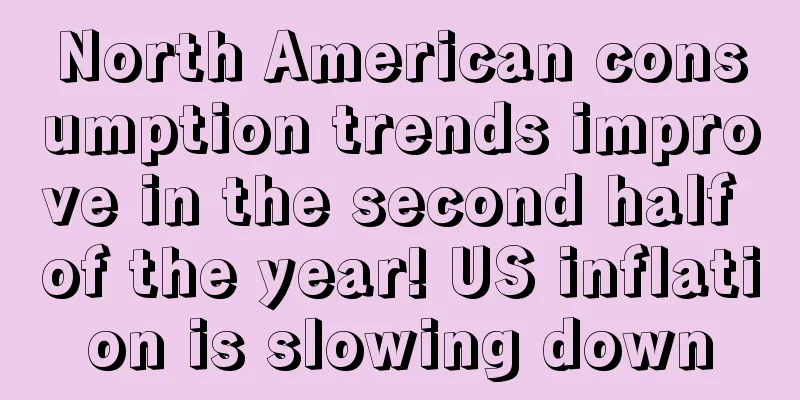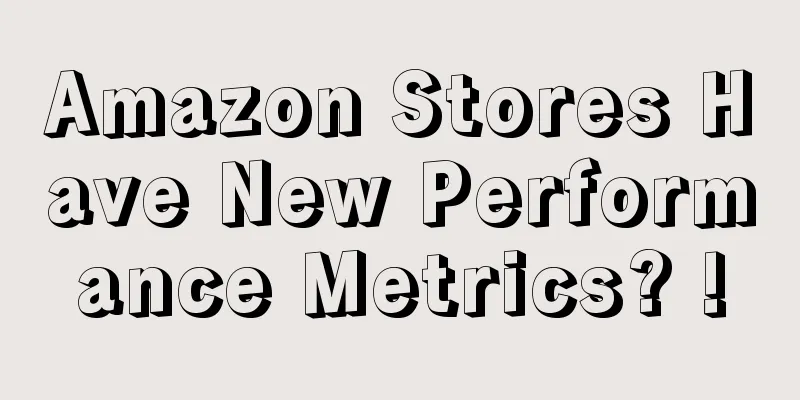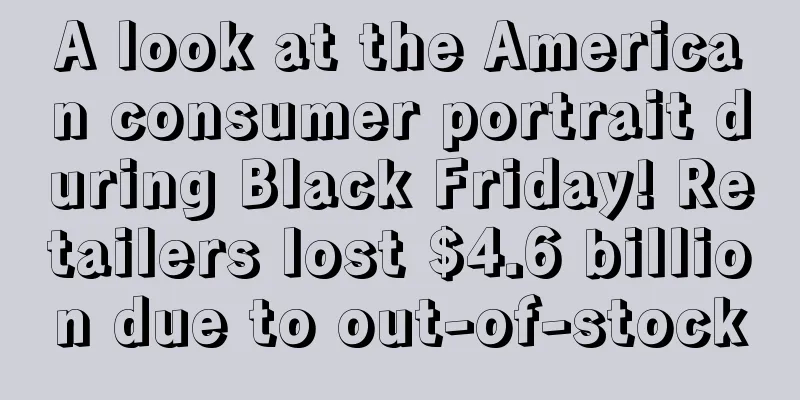North American consumption trends improve in the second half of the year! US inflation is slowing down

|
Just last weekend, the United States issued an important inflation bill, attempting to forcibly reverse the inflation situation in the U.S. consumer market. After 15 hours of revision, the US Senate finally passed a $740 billion "Inflation Reduction Act" by 51 votes to 50. The bill aims to solve the current inflation problem in the US more quickly by increasing taxes on companies and the rich, increasing investment in new energy to reduce energy prices, and expanding medical insurance coverage and reducing drug costs. All of these actually have a very big impact on our cross-border business. Lowering the inflation level can effectively release the money that consumers had to spend on necessities before, and use it to invest in shopping and consumption. In particular, this bill targets the two areas with the largest increases at present. One is medical costs. After the epidemic, under the influence of epidemic prevention and self-protection awareness, the proportion of consumer investment in medical care has risen rapidly. The bill expands the scope of use of medical insurance and gives the insurance industry more bargaining power for drugs, effectively reducing consumers' medical costs. Another energy cost is not to mention this. The most important thing for Americans is oil and gas costs. In short, these two measures to help the American people reduce costs can allow the retail industry to obtain more liquidity. After the Federal Reserve raised its benchmark interest rate four times this year (a total of 2.25 percentage points), the momentum of U.S. inflation has begun to slow down. According to the latest survey by the Federal Reserve, most respondents believe that the inflation rate will fall below 6.2% before next year, and will gradually decline to around 3.6%. After the passage of the corresponding inflation bill, this progress will be greatly accelerated, and the United States will soon get out of the shadow of hyperinflation. But in addition to reducing costs for consumers and increasing retail spending power, this bill also has a hidden impact - it increases Amazon's own costs, which Amazon is likely to take the opportunity to pass on to sellers. Increase taxes on large companies and pass on costs to sellers This bill subsidizes the new energy and health insurance industries, so where does the money come from? This is to deal with inflation, and it is impossible for the Federal Reserve to continue printing money. Therefore, a core source of income for this bill is to increase taxes on companies and wealthy people. It will implement a minimum corporate tax of 15%, impose a new consumption tax on stock buybacks, and plug loopholes that wealthy people can use to avoid taxes. At the same time, the IRS will strengthen its enforcement to ensure that the new tax law is implemented in place. After reading this item, it is clear why this bill has been in the works for several years, and the amount has been reduced from the original 3.5 trillion US dollars to only a fraction of 430 billion. This is a big knife that is going to cut into the enterprises, and the resistance must be unimaginably great. The amount was reduced to this extent before it was barely passed, which must be the result of the game between major companies and the government. This amount of money is a considerable cost even for a giant like Amazon. If this bill is passed, Amazon will probably have to find ways to pass this cost on to sellers. Amazon has had such a precedent before. In 2019, France imposed a digital service tax on Amazon, and then Amazon turned around and notified sellers to increase prices, but did not pay a penny. So after this wave of bills is passed, Amazon will most likely pass on the corporate tax to sellers, but I guess it won’t be as direct as above. After all, Amazon is still under antitrust investigation in the United States. This operation is dancing wildly on the bottom line, and it may raise prices under other names. We sellers should be prepared in the second half of the year. As the market recovers, Amazon’s sickle is approaching. |
>>: Amazon sellers are facing sky-high storage fees!
Recommend
What is Runbu Trade? Runbu Trade Review
Shenzhen Runbu Trading Co., Ltd. was established i...
Several reasons make me still optimistic about Amazon! In the future, it is likely that Amazon, Tiktok, and TUME will be the three major players?
Note: The content published on the official accoun...
Temu surpasses Shein in the US, but still cannot compete with Amazon
It is learned that according to foreign media repo...
New trend in US e-commerce packaging! Nearly half of consumers support sustainable packaging!
<span data-shimo-docs="[[20,"获悉,在第七次美国年度电子...
What is Chairish? Chairish Review
Founded in 2013, Chairish is headquartered in San ...
Walmart settles infringement lawsuit with Vans, agrees to ban sales of counterfeit goods
According to Reuters, on November 13, documents fr...
What is DOT certification? DOT certification review
The DOT certification system is the Federal Motor ...
What is Interson? Interson Review
Interxun International Business Consulting Co., Lt...
Buy Buy Baby, the US maternity and baby giant, is back and will relaunch its e-commerce and physical stores
It is learned that on October 31, the new parent c...
Amazon's advertising algorithm changes dramatically? Seriously affect conversion rate
In the past two days, many places have reported th...
Christmas sweaters are priced under $10? In addition to Temu, another platform is also selling them!
Porthos My C position Preface: 11.29 After seeing ...
Amazon has added a new traffic promotion portal to help sellers increase sales by hundreds of thousands of dollars per year!
Recently, I wonder if any sellers have discovered ...
The relocation of Amazon executives indicates that FBA will have new moves soon!
Amazon executive Clark suddenly moved his residenc...
What is the long-term storage fee? Long-term storage fee review
Amazon FBA Long-Term Storage Fees are in addition ...
What is market capacity? Market capacity assessment
Market capacity is a key point in product selectio...









